With policies such as heavy taxes on sugary drinks and tax breaks for multi-generational families, Singapore has become one of the world's new Green Longevity Zones.
In the early 2000s, while researching longevity techniques, expert Dan Buettner and many scientists came up with the concept of Blue Zones. These are places where people live the longest in the world, including Okinawa Prefecture, Japan; Nuoro Prefecture, Sardinia, Italy; Nicoya Peninsula, Costa Rica; Icaria, Greece; and Loma Linda, California.
In 2023, Singapore became the newest country to join the list. It is different from the other Blue Zones. It does not have the traditions of Icaria, the faith of the Loma Linda people, the geographical independence of Sardinia, or the rich nature of the Nicoya Peninsula. Instead, Singapore is a melting pot of cultures, having only been established since 1965. It is also the most urbanized of all the Blue Zones, with 5.8 million residents in a land area of less than 1,000 square kilometers.
According to Buettner, Singapore’s average life expectancy has increased by 20 years since its founding. He explains that Singaporeans have lower rates of chronic disease and a healthy life expectancy (the number of years of healthy, disease-free life in old age) that is about 10 years higher than in the United States.
Buettner asks why a young country can "upgrade" its DNA and increase the life expectancy of its people right from its early years of establishment?
First, the Singapore government has instituted a series of policies to promote healthy eating, from taxing sugary drinks and alcohol to reducing the prices of healthier items like whole grains. It has also imposed strict bans on opioids and guns – two of the leading causes of death in Western countries.

Merlion Park in Singapore's Downtown Core district. Photo: Uplash
The country has a universal health care system and an effective workplace health program. Workers are regularly screened for blood pressure, diabetes, and cholesterol.
Buettner also points to Singapore’s National Step Challenge, in which people track their daily fitness on an app and redeem e-vouchers. Multi-generational households receive attractive incentives. The policy is aimed at reducing loneliness and improving the mental health of older adults.
“If you have parents living in your home or within 150 metres, you get a tax break, because the government knows you are taking care of an elderly person,” Buettner explains.
Singapore's streets are designed to be pedestrian-friendly, with plenty of sidewalks and covered walkways.
Another unique element of Singapore’s urban design is its abundance of nature reserves, public gardens and parks. Ninety per cent of residents live within a 10-minute walk of green space. Research shows that spending time in nature reduces loneliness, dementia and cardiovascular disease – three of the biggest threats to older adults worldwide.
Khoo Teck Puat National Hospital also uses nature as a source of healing. Director Jerry Ong Chin-Po shares how the nature-inspired design helps patients recover quickly.
Thuc Linh (According to Mind Body Green )
Source link




![[Photo] Third meeting of the Organizing Subcommittee serving the 14th National Party Congress](https://vstatic.vietnam.vn/vietnam/resource/IMAGE/2025/4/2/3f342a185e714df58aad8c0fc08e4af2)
![[Photo] Relatives of victims of the earthquake in Myanmar were moved and grateful to the rescue team of the Vietnamese Ministry of National Defense.](https://vstatic.vietnam.vn/vietnam/resource/IMAGE/2025/4/2/aa6a37e9b59543dfb0ddc7f44162a7a7)
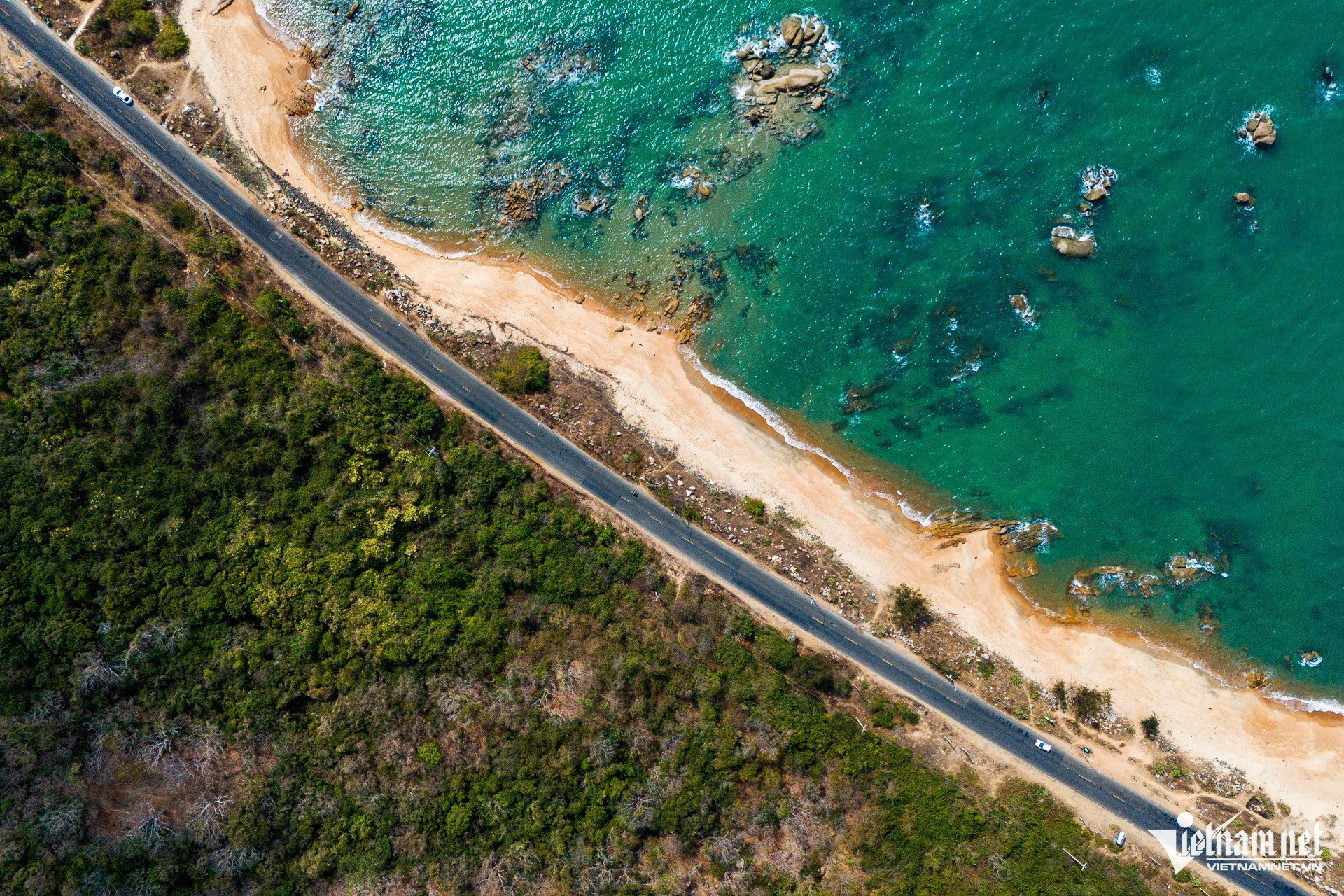








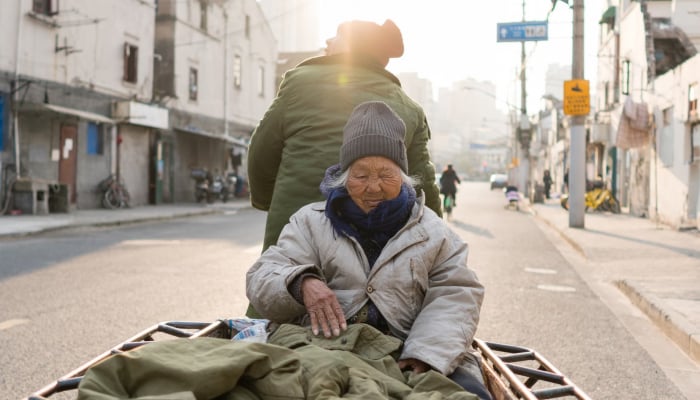



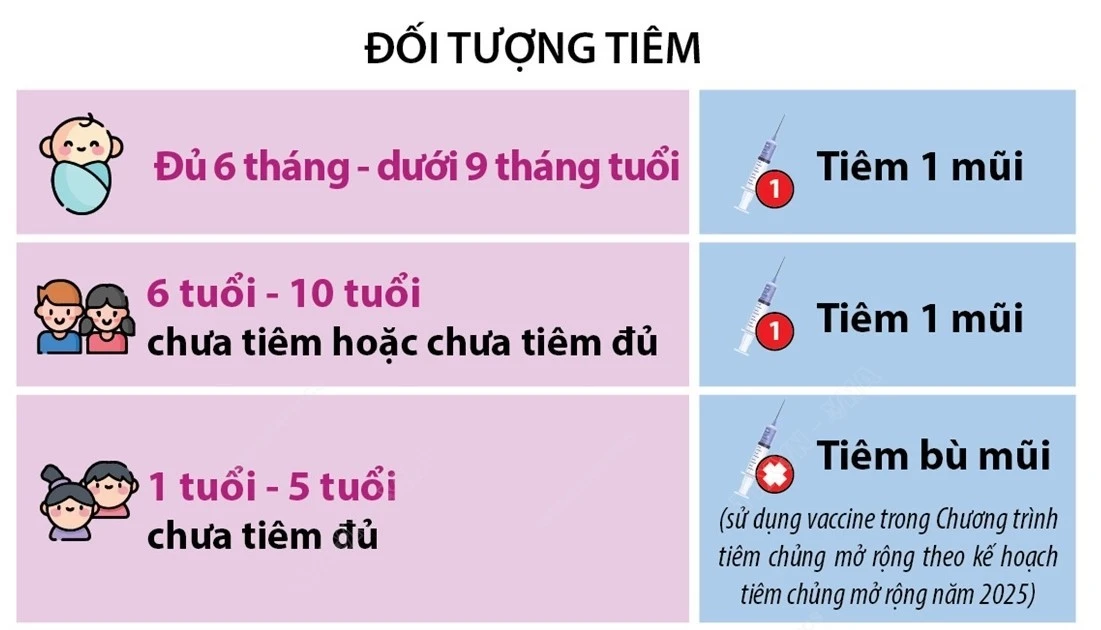
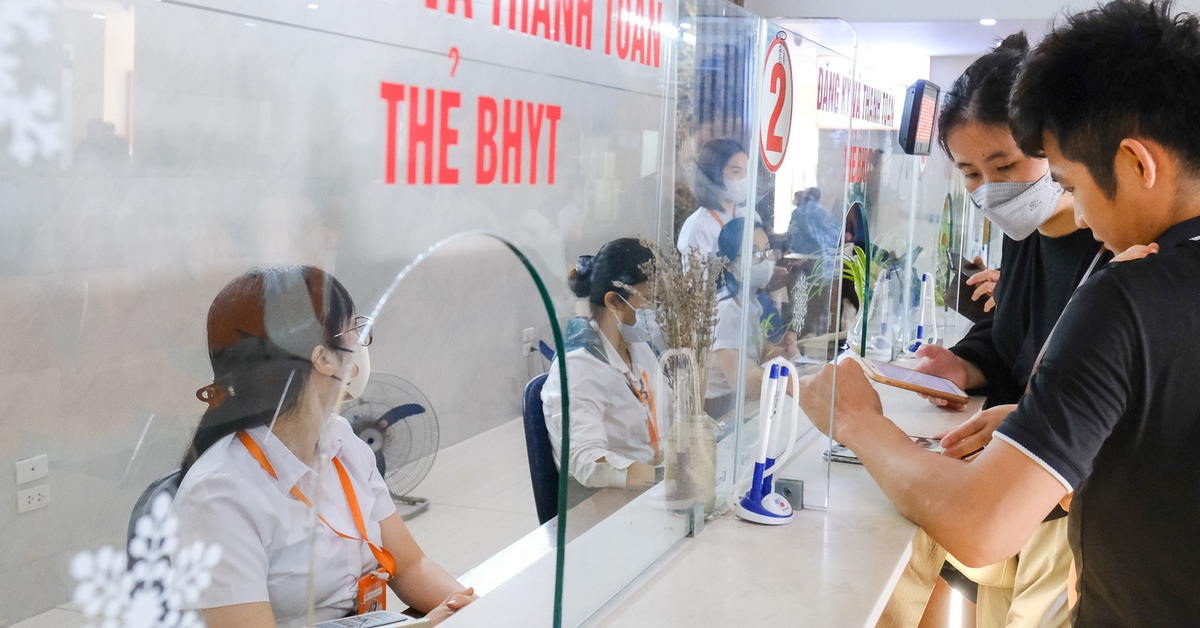

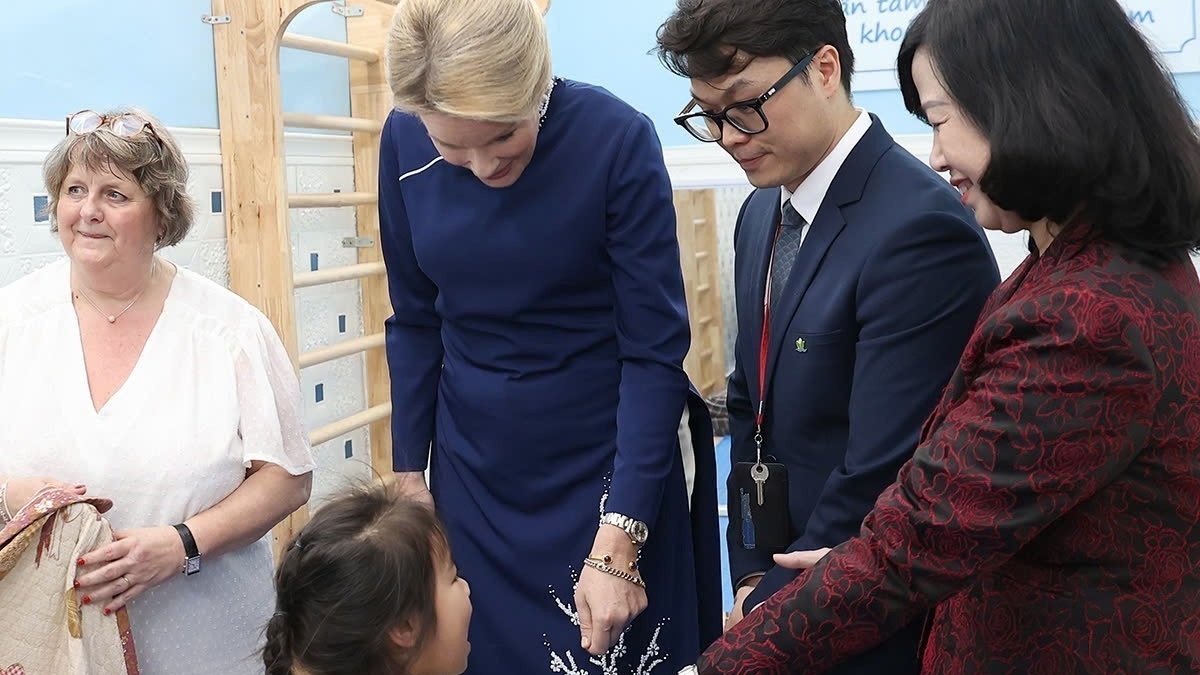














































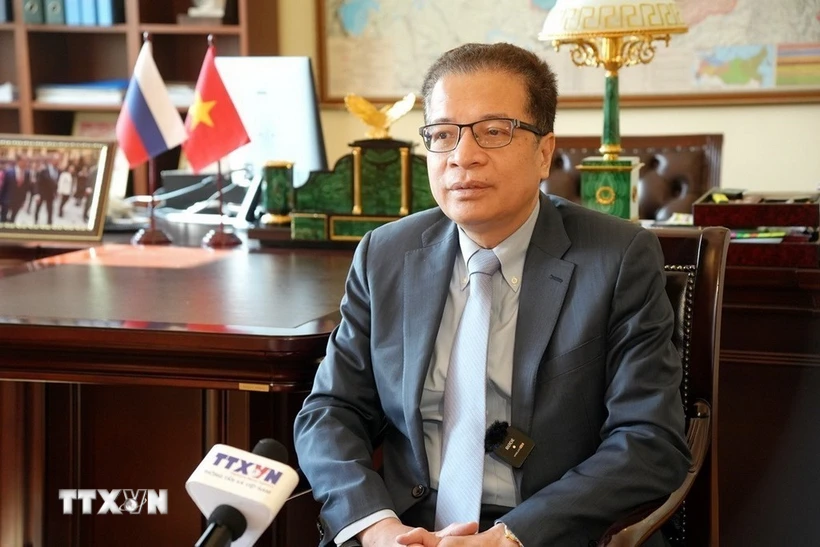









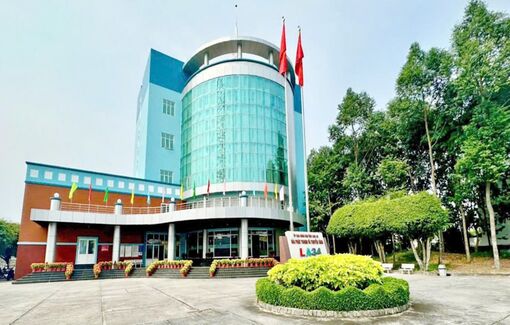




















Comment (0)